What Is Konamon?
Konamon refers to dishes made primarily from wheat flour. People widely use this term in the Kansai region, especially Osaka. It literally means “things made from flour.” Konamon isn’t just any wheat flour food. It’s a beloved soul food that symbolizes Osaka’s food culture. Locals deeply cherish these traditional dishes.
Takoyaki and okonomiyaki are the most iconic examples. Udon and bread can also be considered konamon in a broader sense. In Osaka, “konamon” generally means affordable, delicious dishes. These casual foods come with skillful flavoring from sauces and dashi. Everyday people can easily enjoy these accessible meals.
Why did the konamon culture flourish in Osaka? Historically, during the Edo period, people knew Osaka as “the nation’s kitchen,” a central hub where high-quality ingredients from all over Japan gathered. The deeply rooted “dashi culture,” using kelp and bonito flakes, greatly enhances the flavor of konamon batter. Also, after World War II, during times of food shortages, dishes made with inexpensive wheat flour became widespread, helping konamon establish itself as a staple of the common people’s diet.
Cheap, quick, tasty, and somehow nostalgic and comforting—that’s Osaka’s “konamon.”
Introducing Osaka’s Must-Try Konamon Delicacies!
Now, let’s explore some of Osaka’s most famous konamon dishes that you absolutely must try!
Takoyaki
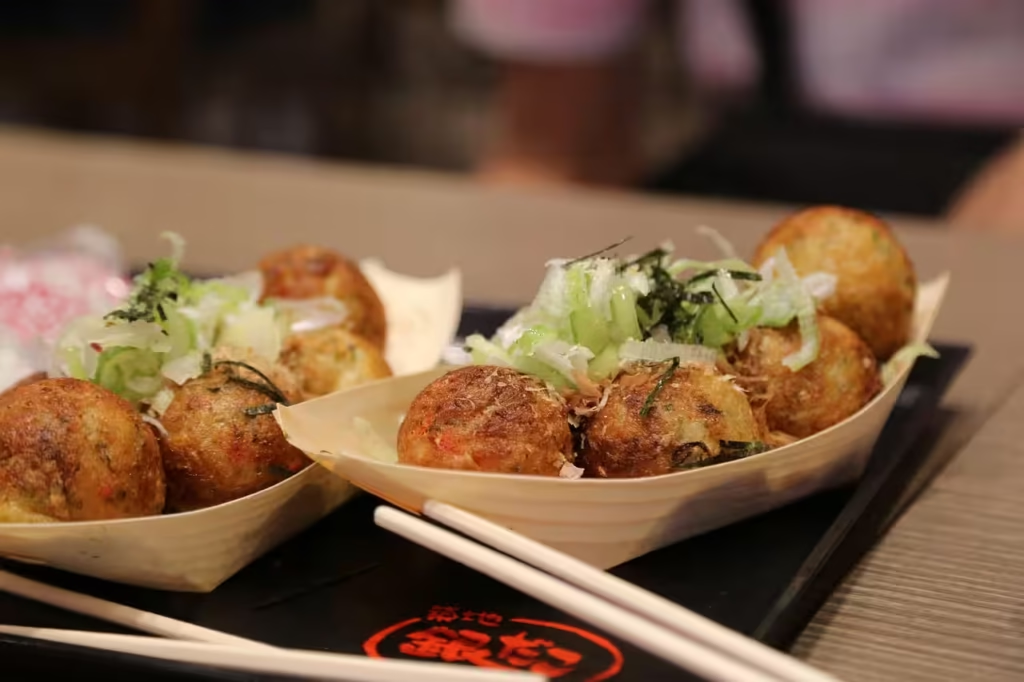
When it comes to Osaka’s konamon, takoyaki is the quintessential dish. It’s made by cooking a batter infused with dashi broth into small round balls filled with plump octopus pieces. The outside is crispy and fragrant, while the inside is soft and piping hot—a delightful contrast in texture. The classic toppings are sauce and mayonnaise, but many also enjoy them with just dashi broth, salt, or ponzu to savor the batter’s flavor. Countless takoyaki stands dot the streets of Osaka, each with its own unique batter recipe, cooking style, and sauce flavor. Finding your favorite spot is part of the fun of exploring Osaka.
Features: Crispy outside, creamy inside, rich dashi flavor, easy to eat
How to eat: Typically with sauce, mayo, aonori (seaweed flakes), and bonito flakes; also enjoyed with dashi, salt, or ponzu.
More about takoyaki here
Okonomiyaki
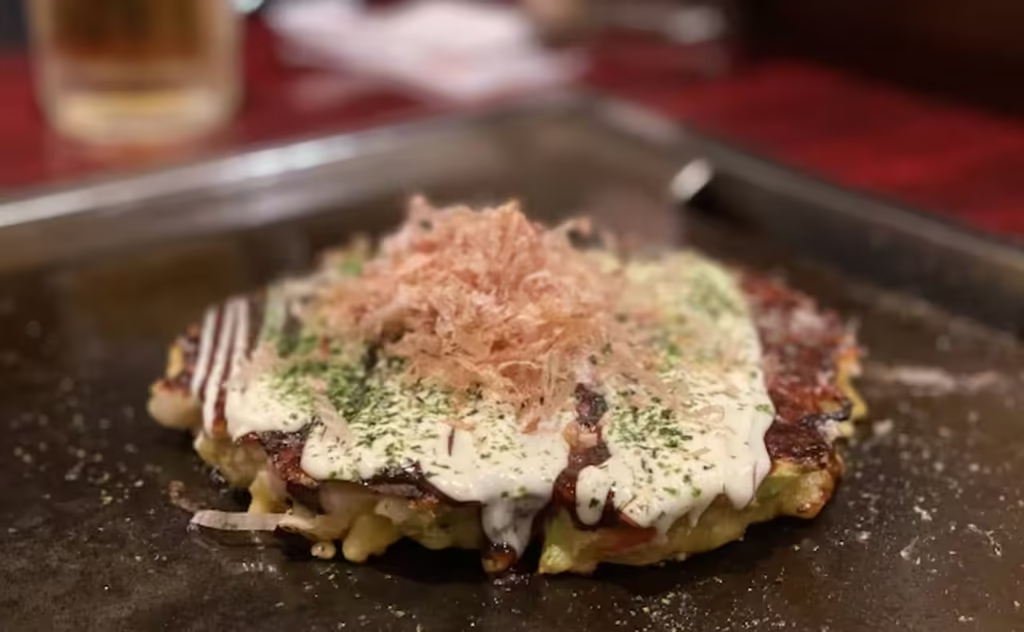
Sharing the spotlight with takoyaki is okonomiyaki. This savory pancake is made by mixing a flour-based batter with plenty of chopped cabbage and your choice of ingredients like pork, squid, or shrimp, then grilling it on a hot iron plate. The fluffy batter, sweetness of the cabbage, and umami of the fillings blend perfectly, while the sweet and savory sauce and mayonnaise whet your appetite. Some restaurants cook it right in front of you, while others let you try making it yourself. Eating it hot off the griddle with a small spatula, puffing on it as you go, is the Osaka way.
Features: Loaded with cabbage and fillings, harmonious sauce and mayo flavors
How to eat: With sauce, mayo, aonori, and bonito flakes; also fun to grill yourself.
More about okonomiyaki here
Negiyaki
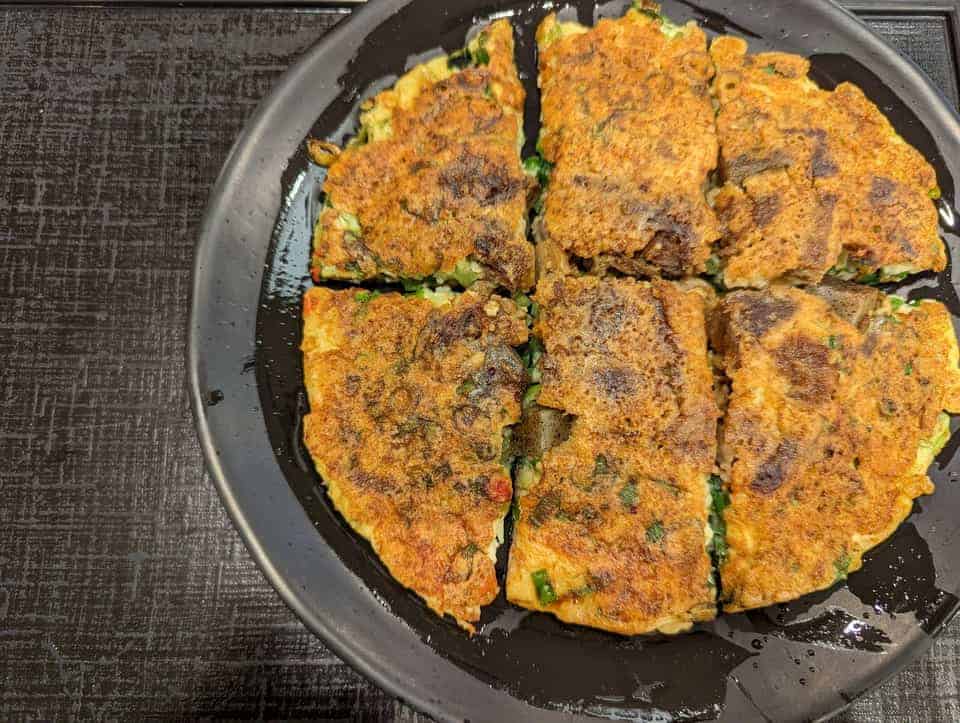
A variation of okonomiyaki that’s a dream for green onion lovers is negiyaki.Instead of cabbage, chefs pack it with heaps of green onions and usually make a thinner batter. Diners typically season it lightly with soy sauce or ponzu, letting the fragrant, crisp green onions shine. A classic addition is “sujikon,” beef tendon and konnyaku simmered in a sweet-savory sauce, which pairs perfectly with the negiyaki. It’s lighter in taste than okonomiyaki and popular as a snack to accompany drinks.
Features: Lots of green onions, light soy or ponzu seasoning, classic sujikon filling
How to eat: With soy sauce, ponzu, lemon, etc.
Details on okonomiyaki (negiyaki is a variation) here
Modanyaki
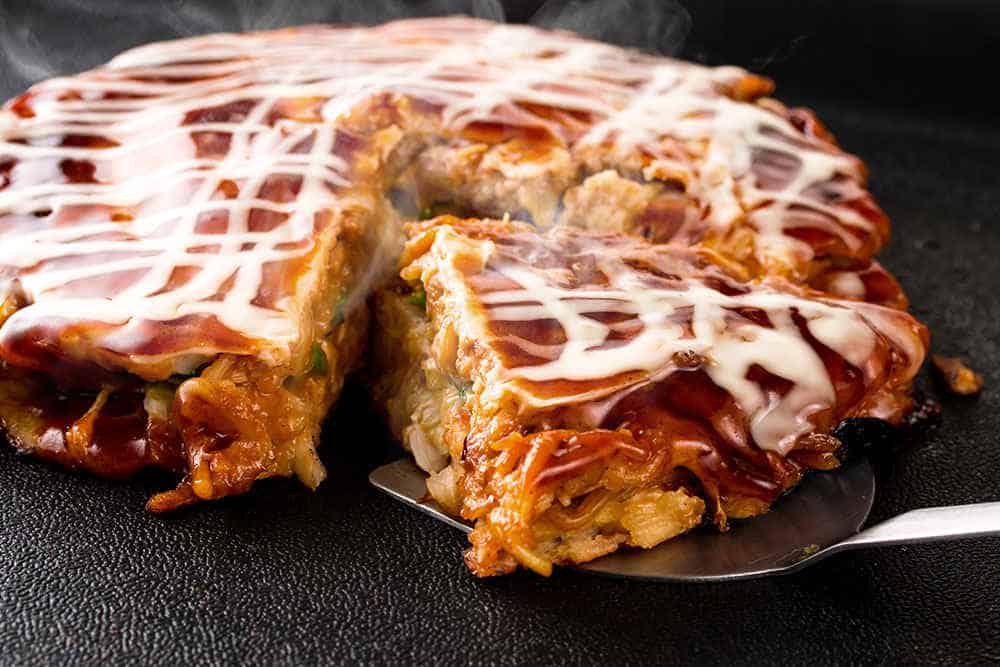
Modanyaki is a generous dish that combines two favorites: okonomiyaki and yakisoba (fried noodles). It’s basically okonomiyaki with steamed or stir-fried Chinese-style noodles layered inside the batter. One theory says the name “modan” (modern) comes from the idea of it being “loaded” with ingredients. The fluffy okonomiyaki texture and the savory aroma of yakisoba come together for a filling meal. The sauce blends perfectly, making modanyaki a great choice if you want something hearty.
Features: Okonomiyaki plus yakisoba, very filling, a carb lover’s dream
How to eat: Like okonomiyaki, with sauce, mayo, aonori, and bonito flakes.
More about modanyaki here
Kushikatsu
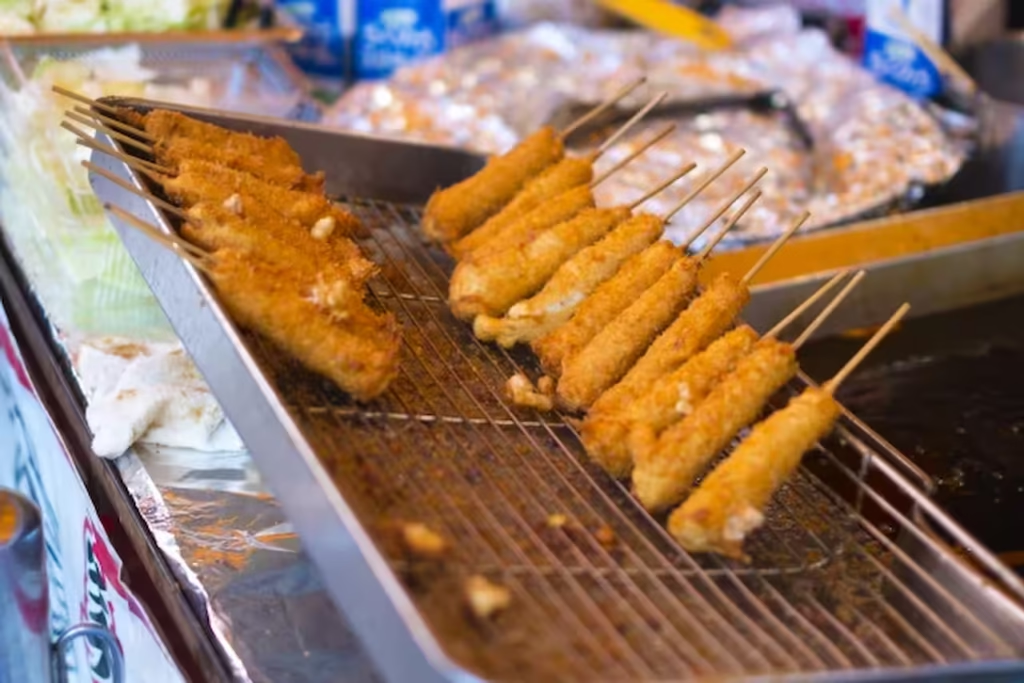
Strictly speaking, kushikatsu is a deep-fried dish, but since its batter uses flour and breadcrumbs, it’s often grouped with konamon. It consists of bite-sized pieces of meat, vegetables, seafood, or fish paste skewered and fried until crispy. The Shinsekai area in Osaka’s downtown is famous for kushikatsu. Each shop has its secret batter and frying method, and you dip the freshly fried skewers into a communal sauce at the table. The golden rule here is “no double-dipping!” If you need more sauce, use the free cabbage provided to scoop some up and pour it on. This etiquette is part of the kushikatsu experience.
Features: Variety of ingredients, crispy coating, no double-dipping rule
How to eat: Dip once in shared sauce, refresh palate with cabbage.
More about kushikatsu here
Summary
Osaka’s konamon culture goes beyond just delicious food. It embodies the city’s rich history and spirit. These dishes represent true soul food for locals. Takoyaki, okonomiyaki, and negiyaki each have unique characters. Modanyaki and kushikatsu offer distinct flavors too. These foods never become boring, no matter how often you eat them. When visiting Osaka’s lively streets, try authentic konamon dishes. You should experience the joy of “kuidaore” there. The phrase “kuidaore” means eating until you drop. This perfectly captures Osaka’s passionate food culture.
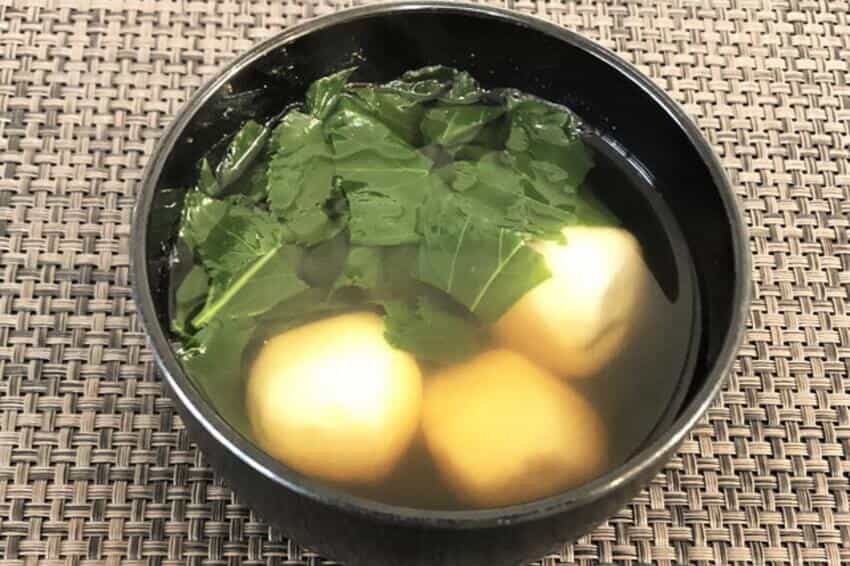
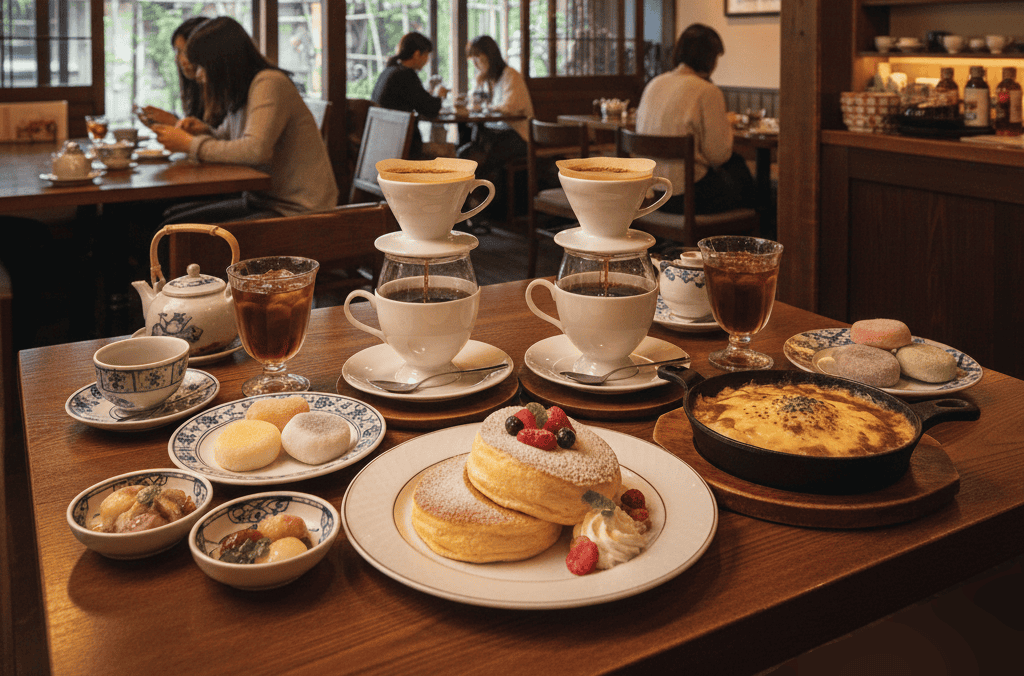

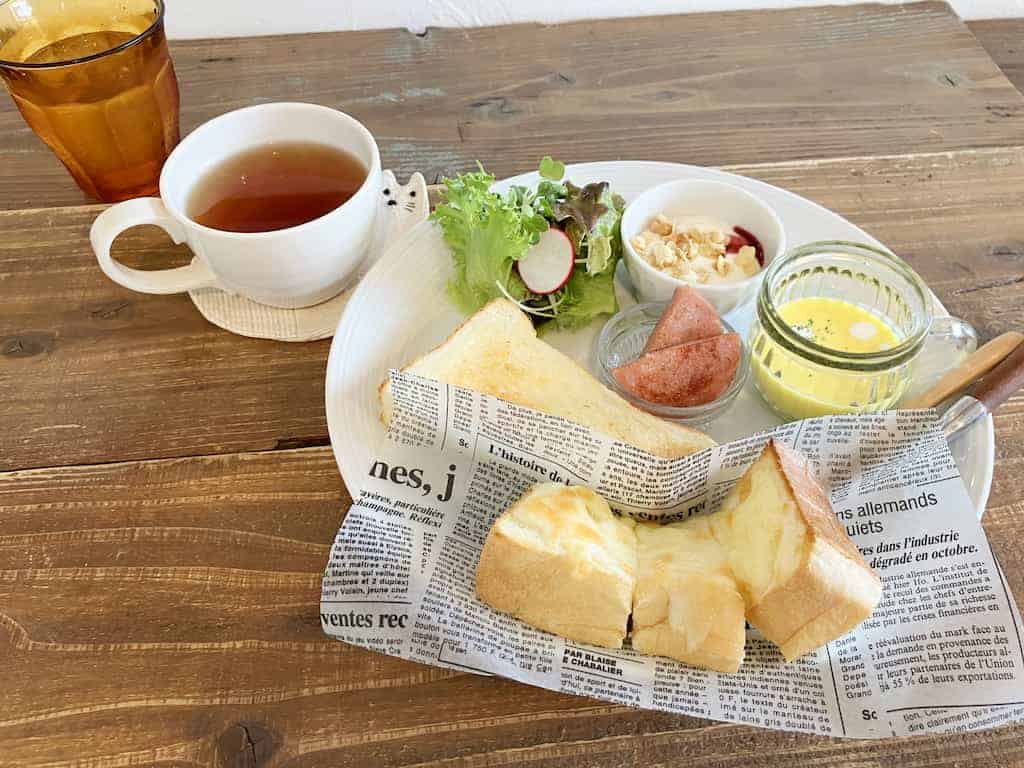
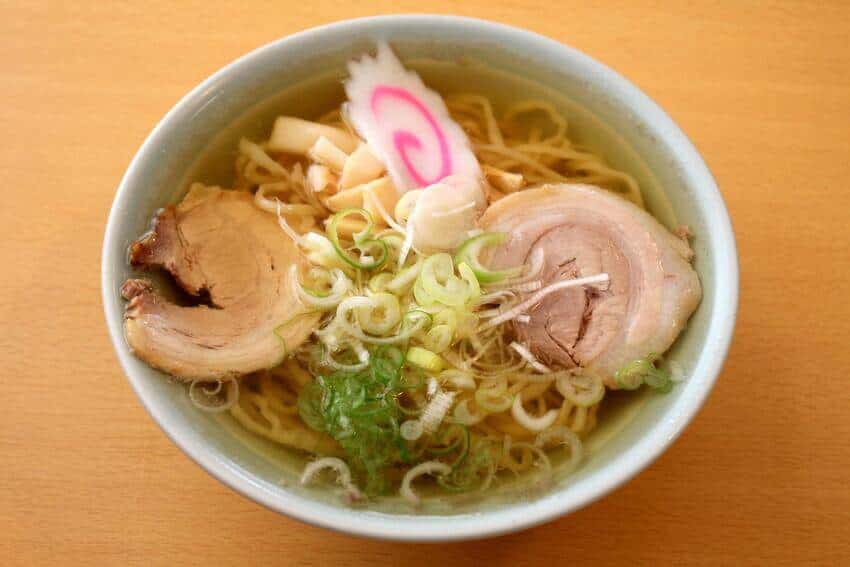

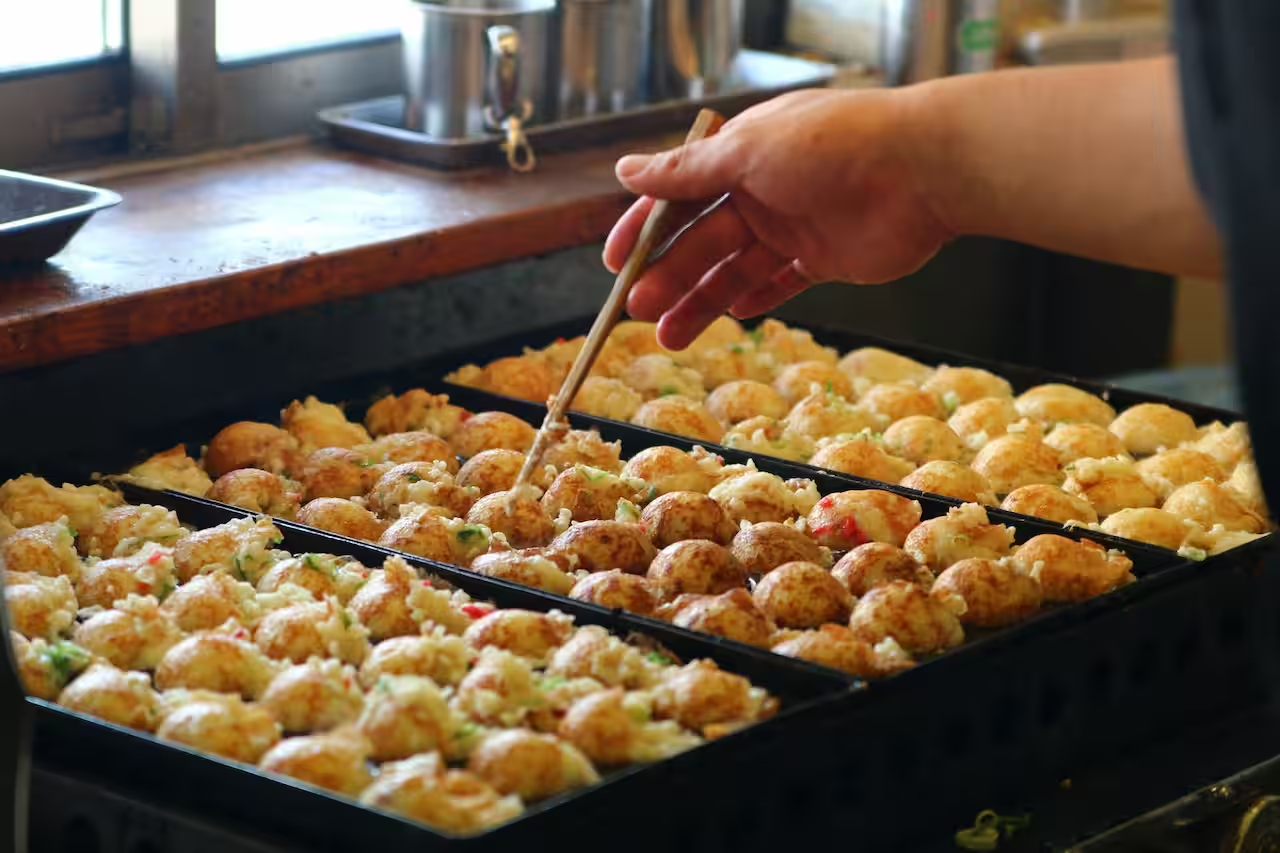
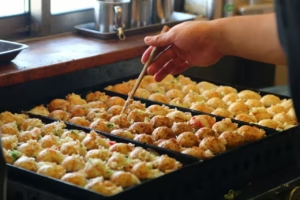
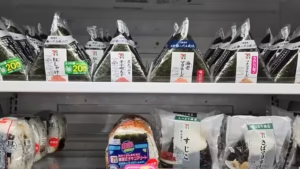
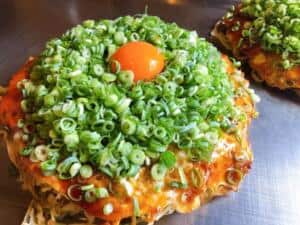

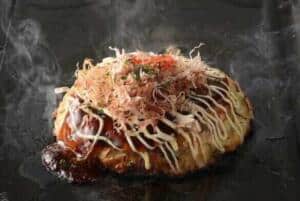
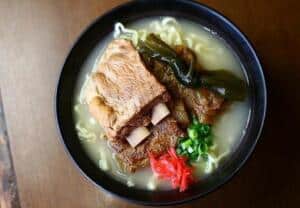

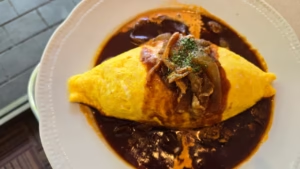
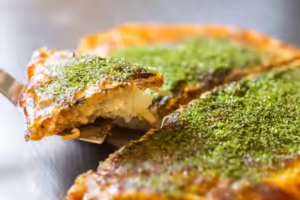
Comments